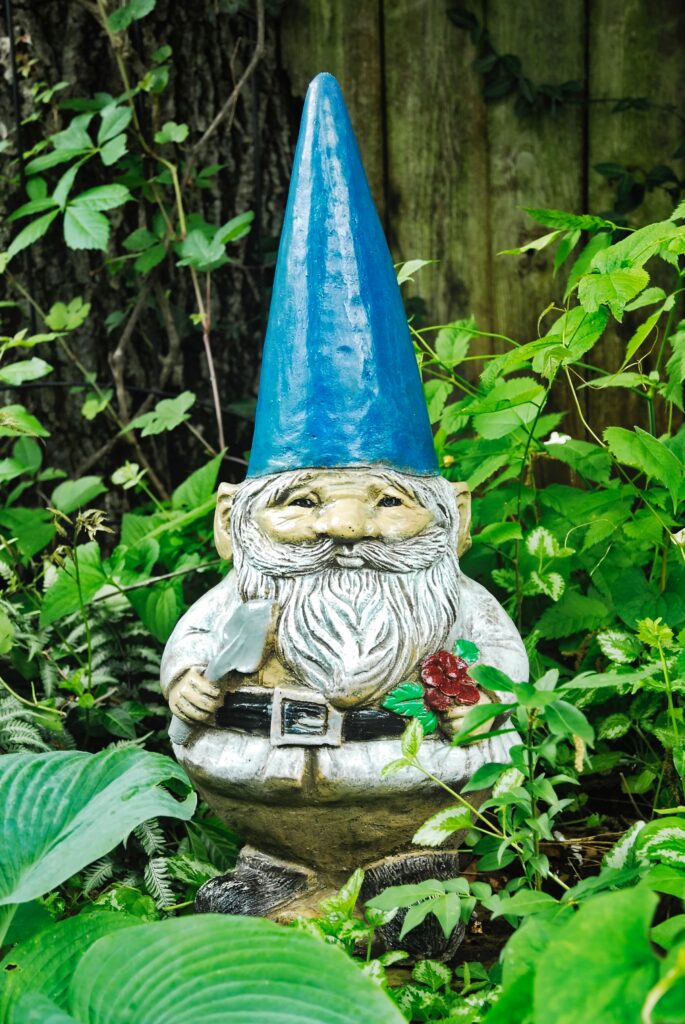Garden gnomes have been a part of popular culture for over a century, and their history is as fascinating as their presence in gardens and outdoor spaces is enduring.
These small statues or figurines, typically depicting small bearded creatures wearing traditional clothing and often carrying tools such as fishing rods or watering cans, have become synonymous with the idyllic garden setting. But where did these charming little figures come from?
And what is it about them that has captured the hearts and imaginations of so many people for so long?
They are typically made of ceramic, plastic, or resin and are available in various sizes and styles. They are often used as a form of garden ornamentation or as a form of lawn ornamentation.

A History of Gnomes
The origins of garden gnomes can be traced back to European folklore and mythology, where gnomes were often depicted as small, bearded creatures that were said to possess magical powers.
In literature, gnomes were first mentioned in the 16th century by the Swiss alchemist Paracelsus, who described them as earth elementals.

In folklore, gnomes were often associated with the earth and were said to possess a great knowledge of minerals and precious stones.
They were also believed to have the power to grant wealth and good luck to those who treated them well. They were also associated with the underground, where they were said to live in caves, mines, and underground cities.
In literature, gnomes have been depicted in various ways, but they are often portrayed as small, wise, and magical creatures that help humans and live in secret underground places. They have been featured in various works of fantasy literature, such as J.R.R. Tolkien’s “The Lord of the Rings” and C.S. Lewis’s “The Chronicles of Narnia.”
Where did Garden Gnomes Originate?
The first garden gnomes can be traced back to the 19th century in Germany when they were created by a potter named Philipp Griebel in his workshop in Grafenroda.
His gnomes were made of terra cotta and based on Germanic folklore gnomes. They quickly became popular among the German upper class, and soon, other manufacturers began producing their versions of garden gnomes.
As the popularity of garden gnomes spread throughout Europe and North America, they became increasingly mass-produced and widely available. Today, garden gnomes are popular in many countries worldwide and are a common sight in gardens and outdoor spaces.

The Modern History of Garden Gnomes
Today, garden gnomes have earned an endearing spot in popular culture. They have been used in commercials for various products and featured in movies, television shows, and even video games.
They have also become a popular collectible item, with many people collecting different styles and designs of gnomes.
Despite their widespread popularity, garden gnomes can also be controversial. Some people view them as tacky or kitschy, while others see them as an eyesore in outdoor spaces.
Some critics have also raised concerns about the environmental impact of mass-producing garden gnomes and the exploitation of traditional gnome imagery in popular culture. However, many garden gnomes enthusiasts continue to enjoy the charm and character that the gnomes bring to their outdoor spaces.


